IoT is transforming fleet tracking with real-time data, predictive maintenance, and route optimization. Learn how smart fleet management enhances efficiency, safety, and cost savings.
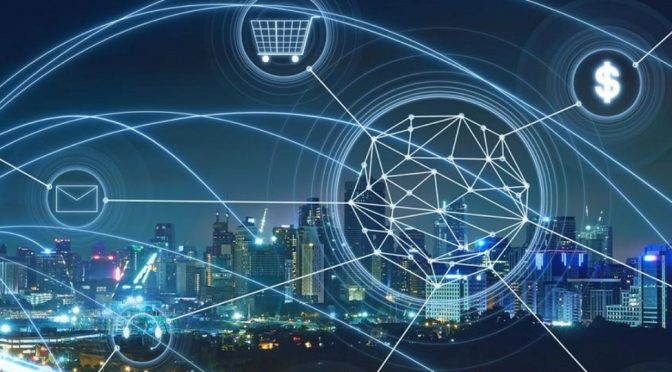
Internet of things (IoT) with the latest in machine-learning backed algorithms are the way logistics would be optimized to meet all customer demands and requirements, right from fast shipping, live tracking and notifications, and on-time delivery with optimized final mile movement.
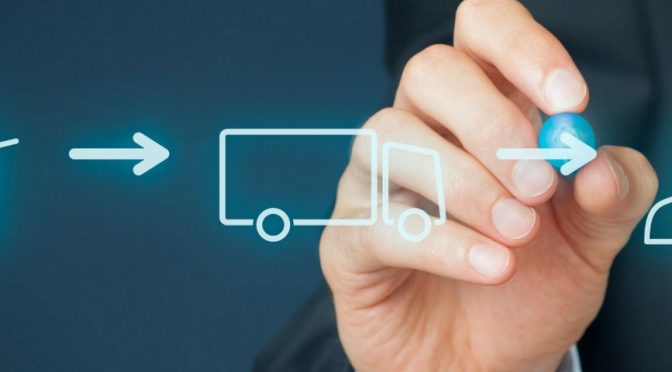
Ever wondered how some of these big-name e-commerce companies across the globe manage international sales events? It is only possible with tech creating shorter delivery routes and more successful (on-time) deliveries per day. This tech is the crux of what makes same-day delivery, not just a phenomenon but a reality.
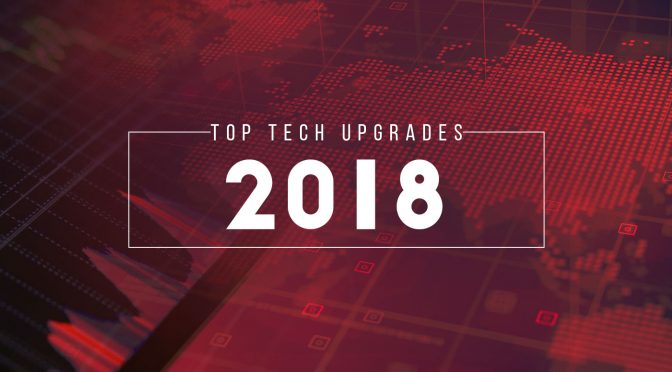
Tech evolution must always be around a purpose. The purpose of the upgrades mentioned here, and many more that are regularly communicated to the clients through mailers, is singular. To optimize resource movement with a view to reduce operations costs and improve overall process efficiency.
A billion data points. One for every 8th person in the world. One for almost every vehicle in the world. Comprehensive location tracking data points encompassing more than three continents including North America, Asia, Northern Africa, and Southern Europe. It doesn’t get any bigger than this.
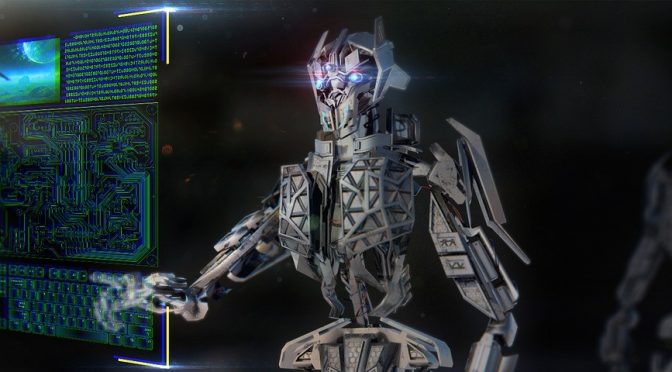
People have talked about the Internet of Things (IoT) in diverse terms, but what is it? IoT is the interaction and exchange of data amongst various connected devices and entities over the Internet, which then function towards singular goals. It’s like having a virtual connected universe, where you customize almost all your electronic interactions.
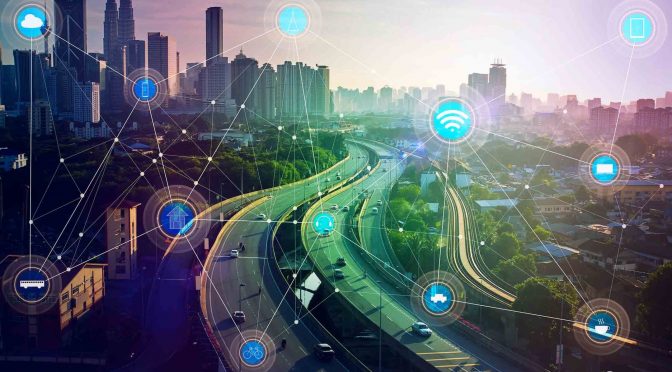
Logistics management has transformed itself in the past half of the decade backed by intense development in machine learning capabilities and data analytics. With the level of integration unleashed by Internet of Things, you can not only track the real-time location, speed, and fuel usage of your in-transit delivery vehicle, but also the calmness of the driver. Your real-time vehicle tracking can be covered by new-age routing and optimization software, whereas the calmness of the driver can be tracked through various wearable technology.

